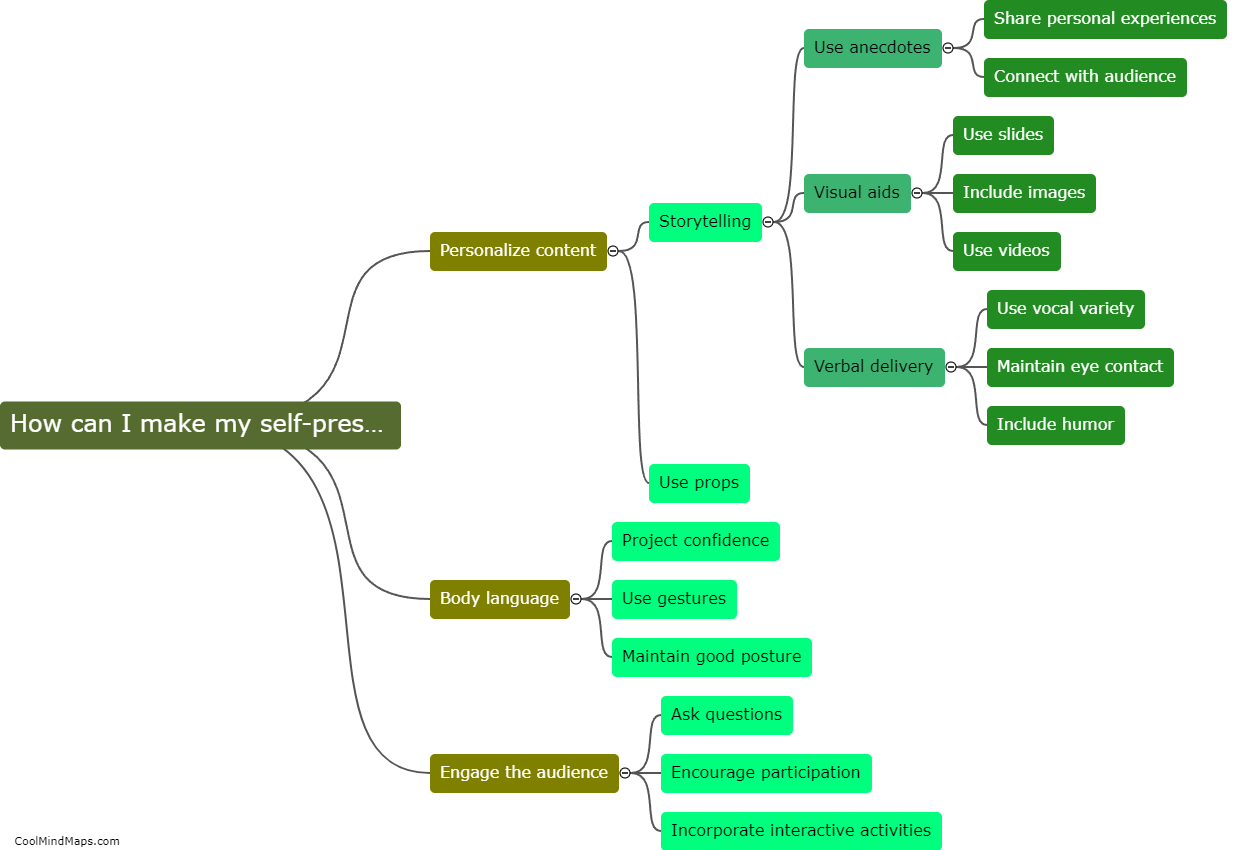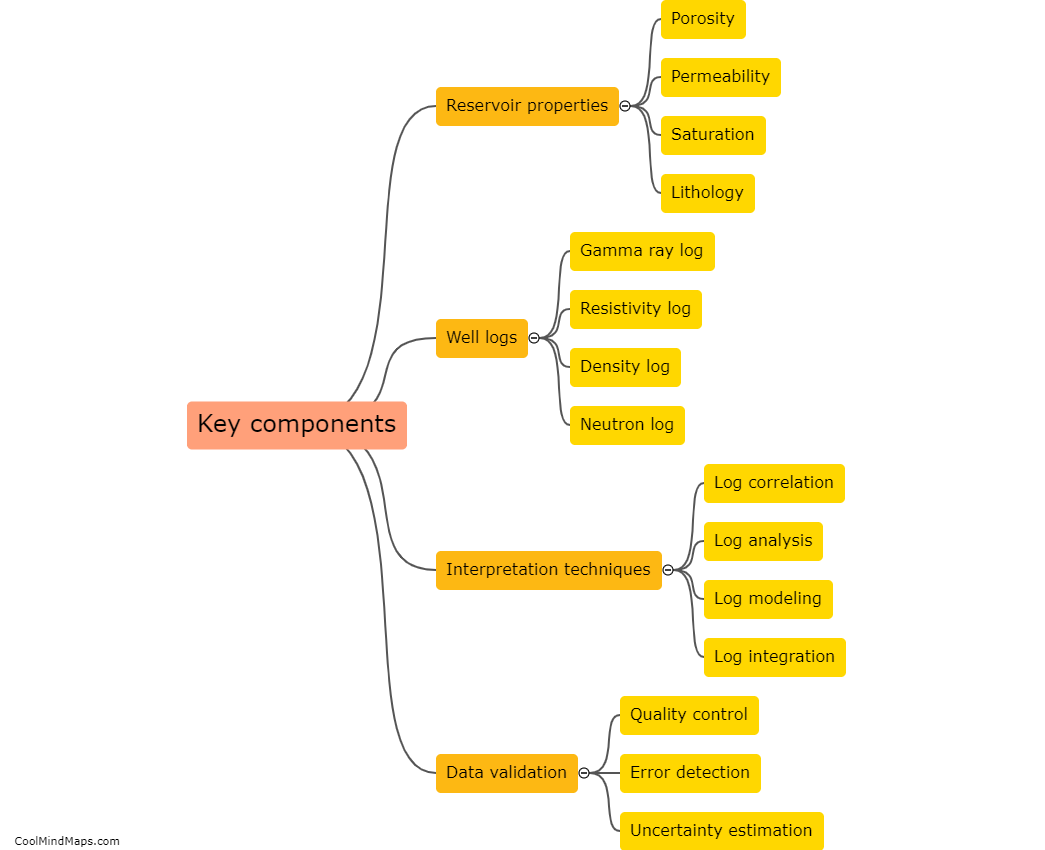What are the different techniques used in reservoir log interpretations?
Reservoir log interpretation is a crucial step in the exploration and production of oil and gas reservoirs. Various techniques are employed to analyze and interpret the data obtained from logging tools deployed in a wellbore. One commonly used technique is the determination of rock properties, which involves identifying the lithology, porosity, permeability, and fluid saturation of the reservoir rock. This is achieved through well log analysis, which includes the examination of different types of logs such as gamma ray, resistivity, neutron, and density logs. Additionally, formation evaluation techniques like cross-plotting, log normalization, and petrophysical models are utilized to quantify the reservoir's hydrocarbon potential and aid in decision-making processes related to completion and production strategies. Other techniques like image logging, borehole imaging, and advanced acoustic measurements are also employed to gather additional information about the reservoir's structural features, fracture networks, and reservoir connectivity. Overall, these techniques enable reservoir engineers and geoscientists to better understand the subsurface formations and optimize hydrocarbon recovery.

This mind map was published on 10 November 2023 and has been viewed 100 times.











